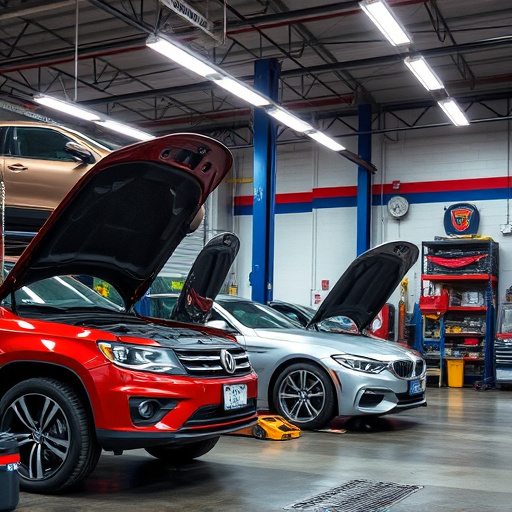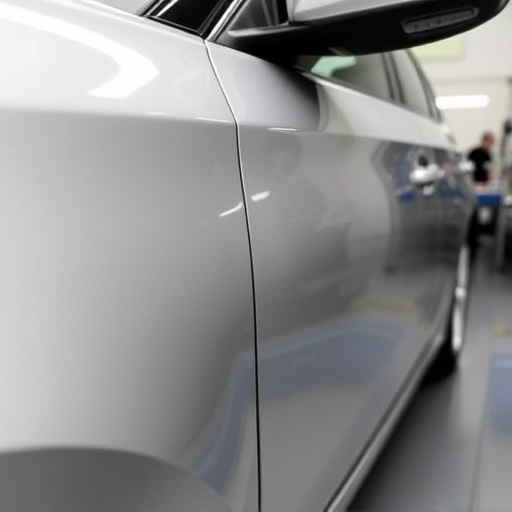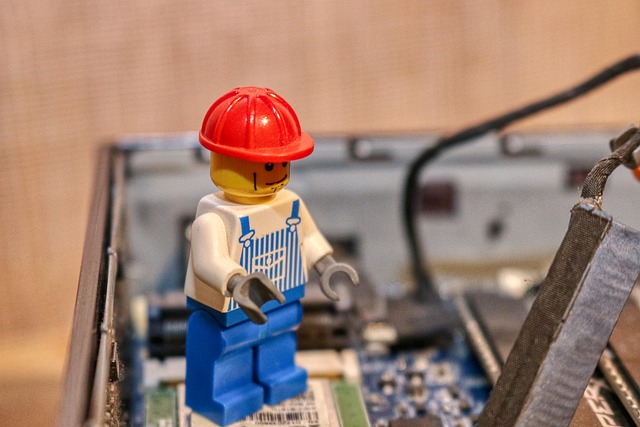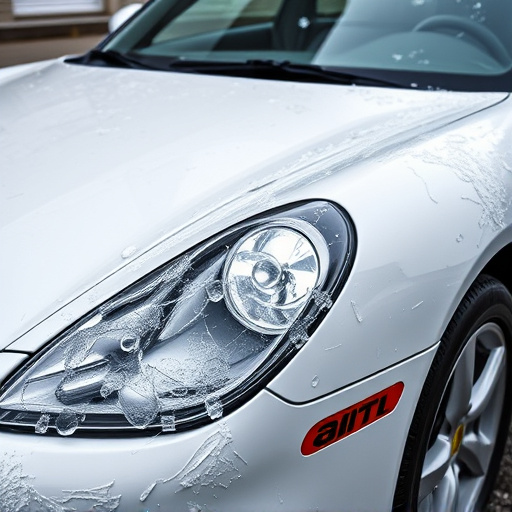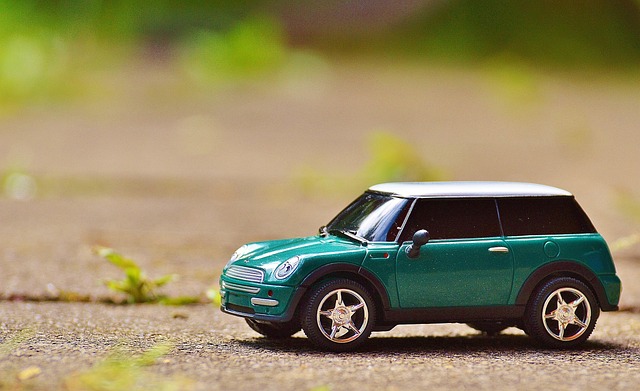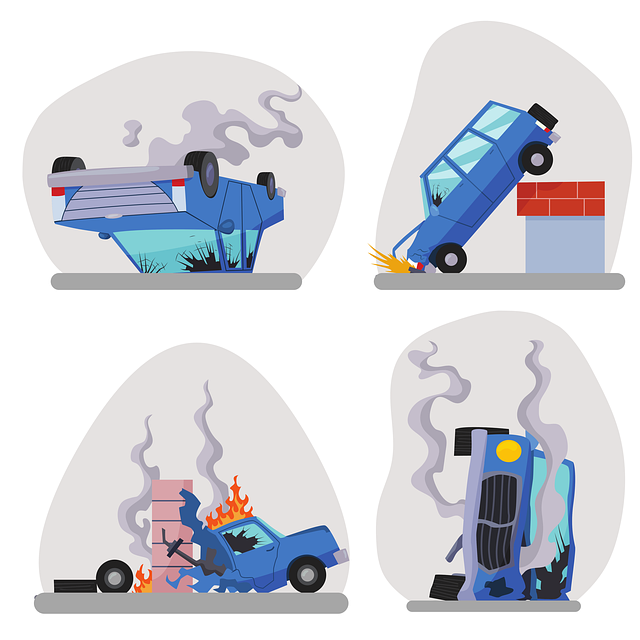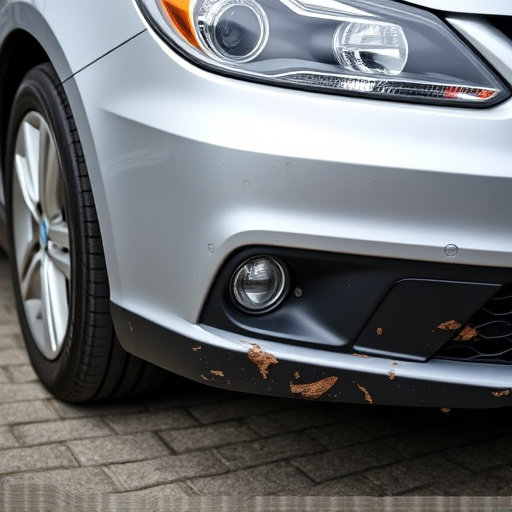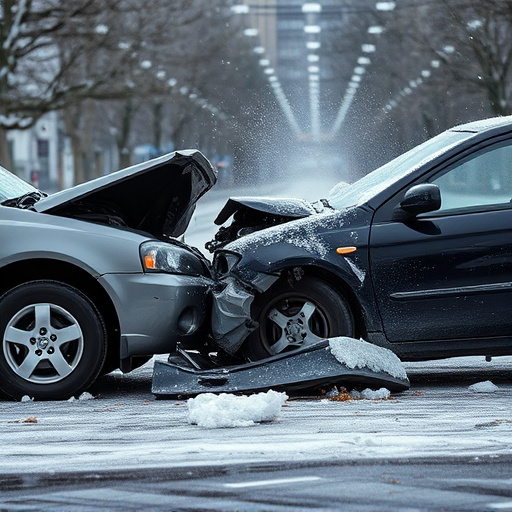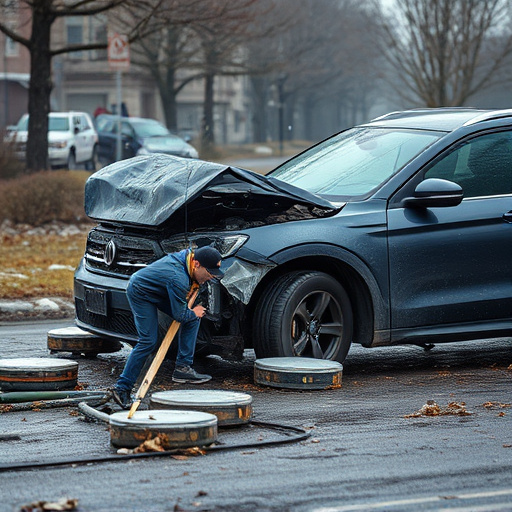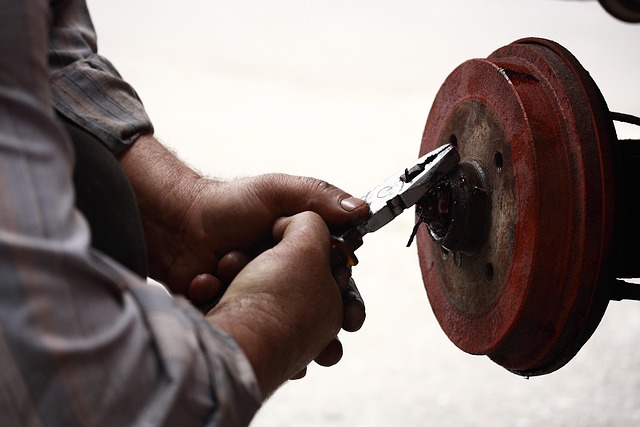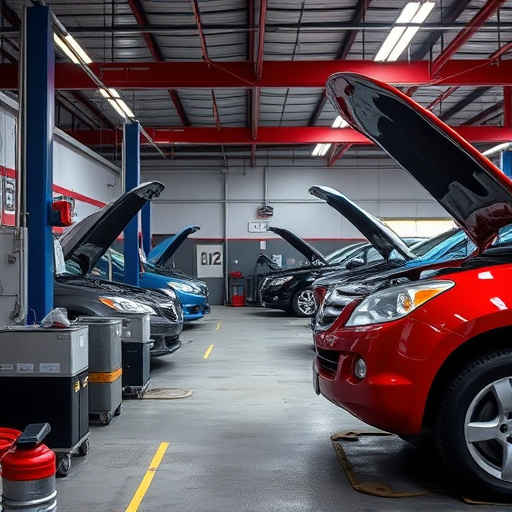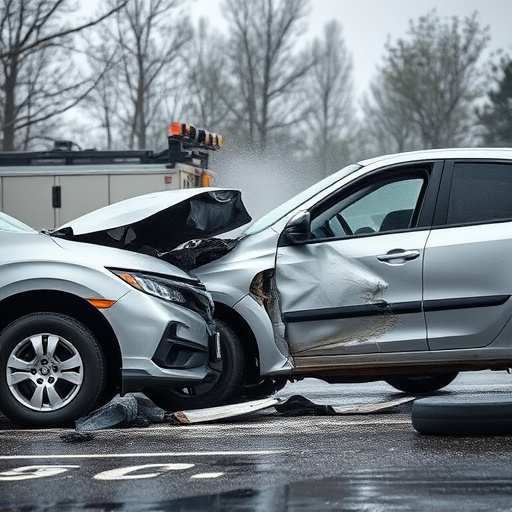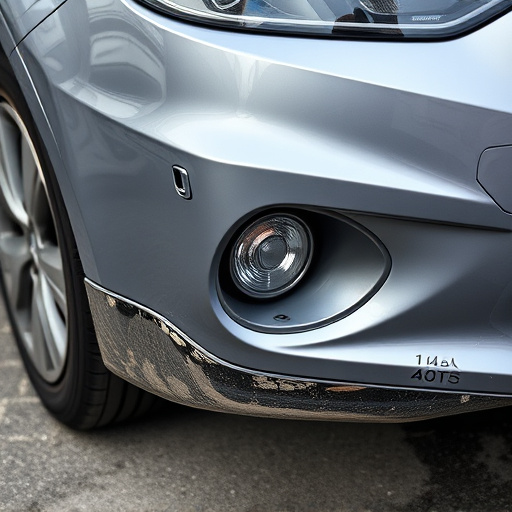Panel Alignment Procedures: Vital for Glass & Window Frame Repairs
Panel alignment is a meticulous process essential for both structural integrity and aesthetic appeal in glass and window frame repairs. It involves adjusting components to original specifications, avoiding gaps or misalignments. Technicians begin with inspections, removing damaged panels accurately, marking positions, and using alignment guides or shims for adjustments. Fine-tuning horizontal and vertical alignment ensures a level finish. Secure fastening with recommended fasteners completes the process, delivering professional results comparable to auto body painting. Avoiding common mistakes like improper measuring and excessive force is crucial to prevent costly car collision repair needs.
“Achieving precision in glass and window frame repairs starts with understanding panel alignment—a critical process ensuring structural integrity and aesthetic harmony. This comprehensive guide delves into the intricacies of panel alignment procedures, offering a step-by-step approach for professionals and DIY enthusiasts alike.
From recognizing the foundational principles to avoiding common pitfalls, you’ll learn best practices guaranteed to enhance repair outcomes. Master the art of panel alignment, and you’ll revolutionize your glass and window frame repairs.”
- Understanding Panel Alignment: The Foundation of Successful Repairs
- Step-by-Step Guide to Achieving Precise Panel Alignment
- Common Mistakes to Avoid During the Alignment Process and Best Practices
Understanding Panel Alignment: The Foundation of Successful Repairs
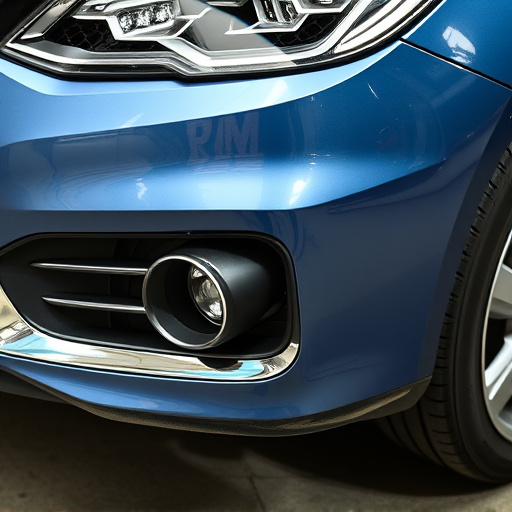
Understanding Panel Alignment is paramount in achieving successful repairs for glass and window frames, regardless if it’s a simple chip or a complex auto collision repair. It’s the cornerstone that ensures your fixed panel fits seamlessly with the existing car body restoration. Improper alignment can lead to visible gaps, misaligned edges, and even compromised structural integrity. Therefore, technicians must be adept in panel alignment procedures.
This meticulous process involves carefully adjusting and realigning components to their original specifications. It’s not just about fitting pieces together; it’s about maintaining the vehicle’s aesthetic appeal and safety standards. Whether you’re dealing with an auto dent repair or a more intricate auto collision repair, achieving precise panel alignment guarantees that the fixed parts blend flawlessly with the surrounding body, creating a professional finish that matches the original craftsmanship of the vehicle.
Step-by-Step Guide to Achieving Precise Panel Alignment
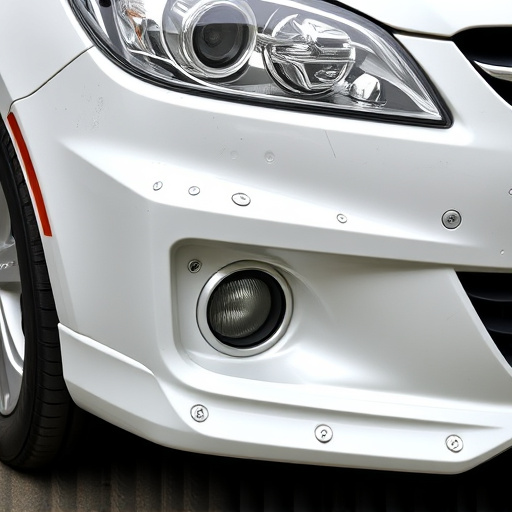
Achieving precise panel alignment during glass and window frame repairs is paramount for both functionality and aesthetics. Begin by thoroughly inspecting the damaged area to identify the extent of misalignment. Next, carefully remove any loose or distorted panels using appropriate tools to expose the underlying structure. Mark the exact positions of each panel on the frame with precision markers to ensure accurate realignment.
For optimal results, employ alignment guides or shims to adjust and secure the panels into place. This meticulous process involves sliding the panels back into their tracks, ensuring they fit snugly without gaps or overlaps. Utilize a level to verify horizontal and vertical alignment, making fine adjustments as needed. Once satisfied with the positioning, fasten the panels securely using recommended fasteners, such as screws or clamps, following manufacturer guidelines for a seamless finish akin to that of an auto body painting job on a vehicle’s exterior.
Common Mistakes to Avoid During the Alignment Process and Best Practices
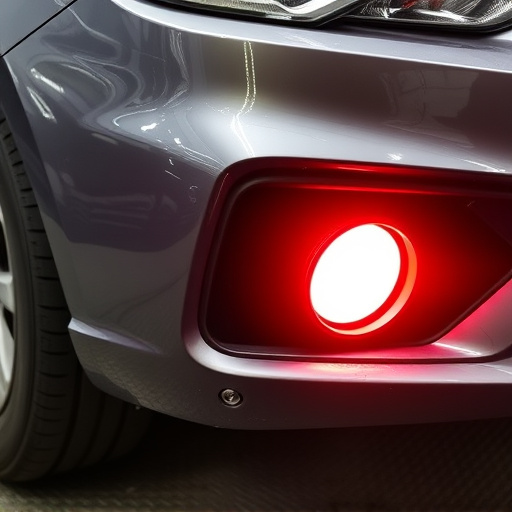
During panel alignment procedures for glass and window frame repairs, it’s crucial to avoid common mistakes that can compromise the final result. One frequent error is improper measuring and marking, leading to misaligned panels after adjustments. Technicians should always double-check measurements using precise tools and clearly mark reference points before beginning the alignment process. Neglecting these initial steps often results in time-consuming rework later.
Additionally, excessive force during alignment can cause damage to both the panels and surrounding components, particularly in auto collision repair scenarios. Best practices dictate a methodical approach with gradual adjustments, using appropriate tools designed for the task. Regular training on car bodywork services techniques ensures technicians remain skilled and adept at navigating complex alignments, minimizing the risk of errors that could necessitate car collision repair solutions.
In conclusion, mastering panel alignment procedures is paramount for achieving successful glass and window frame repairs. By understanding the foundational concepts discussed in this article, implementing the step-by-step guide, and avoiding common mistakes, professionals can ensure precise and lasting results. These practices not only enhance the structural integrity of windows but also contribute to energy efficiency and aesthetic appeal, making them essential components of any repair project.

